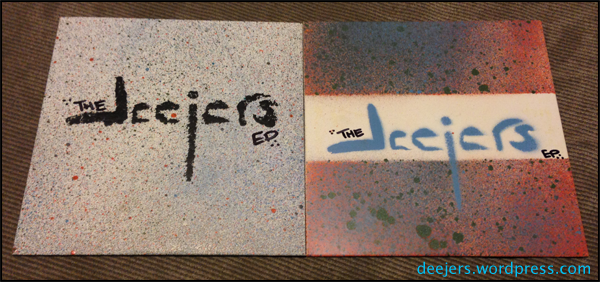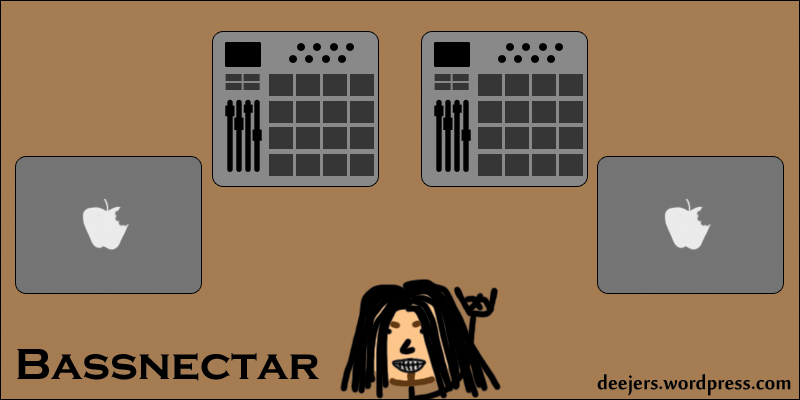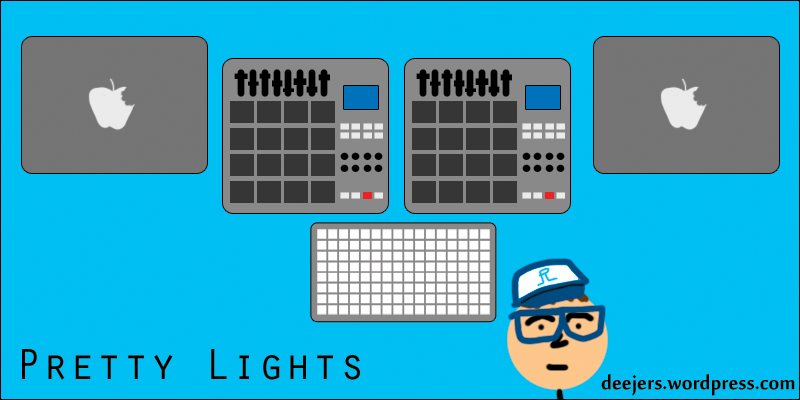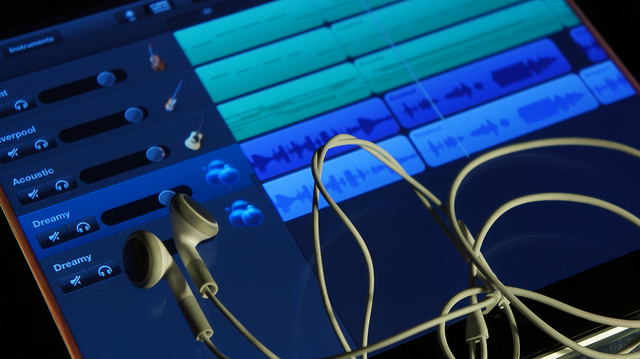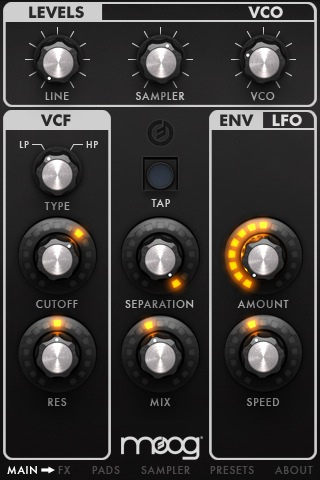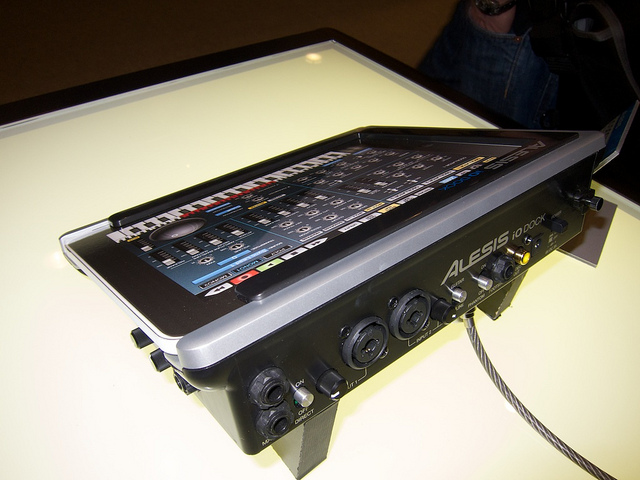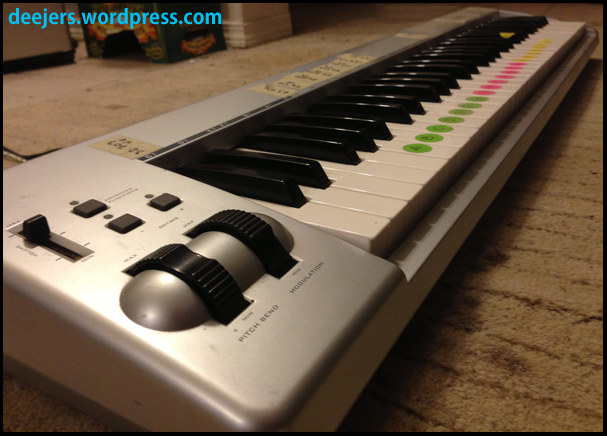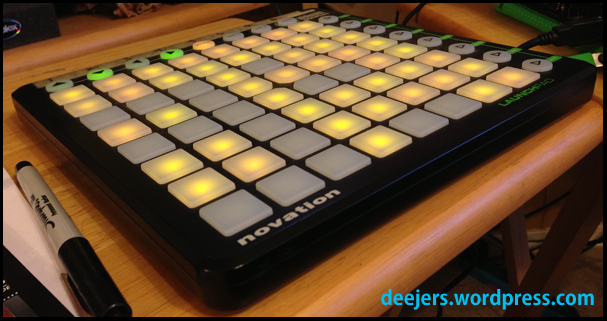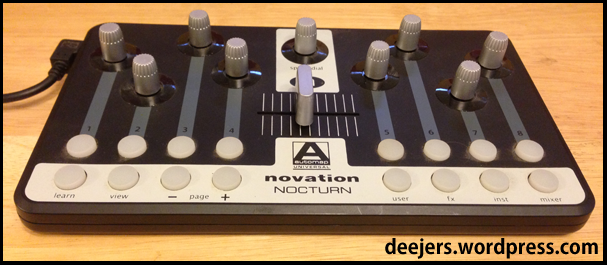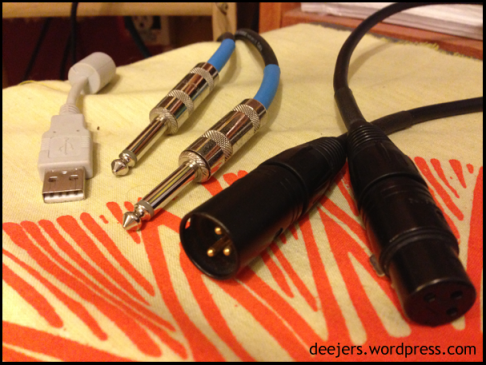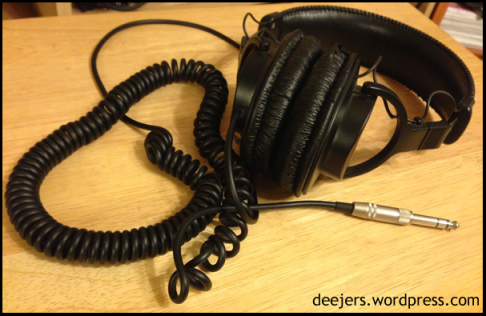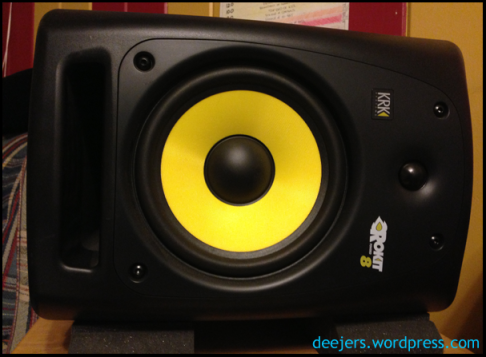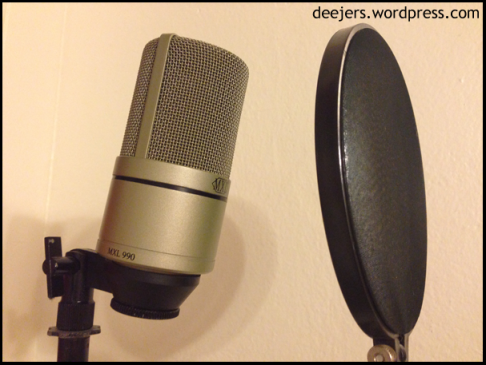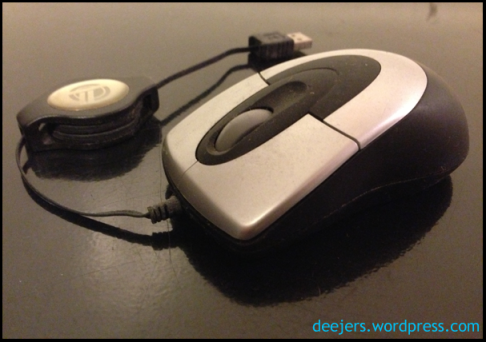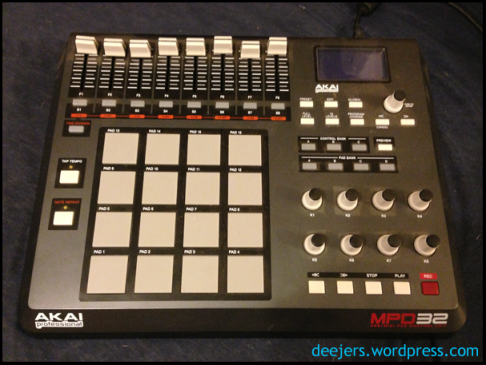Minimalist album design and creating the official bootleg

Kanye West’s sixth studio-album, entitled Yeezus, officially debuted on June 18th after being leaked on the internet for about a week. The album’s minimalist casing and cover-art, or lack thereof, has sparked many conversations and interest since images of the packaging appeared online. Although Kanye West acted as his own art director for Yeezus, he is not the first artist to release a project with a minimalist, almost-bootleg feel to the final packaging. Here are a few examples of where the “less is more” philosophy has been fully embraced, starting with Yeezus for reference:
Yeezus, Kanye West (2013)

Despite being widely-known for his ego and ostentation, Kanye West chose to go with a humble design for his latest album’s packaging. Yeezus is pressed on a silver disc with no labels except for some small, inconspicuous text that wraps around the edges and provides the album’s credits. The disc is enclosed within a clear jewel case that is devoid of any art or labels except for a “Parental Advisory” warning and a red sticker that seals it closed. Kanye West was not the first artist to have his work released in this type of modest packaging, but he is credited with the design for Yeezus and could possibly earn himself a “Best Recording Package” Grammy later next year.
The Beatles, The Beatles (1968)
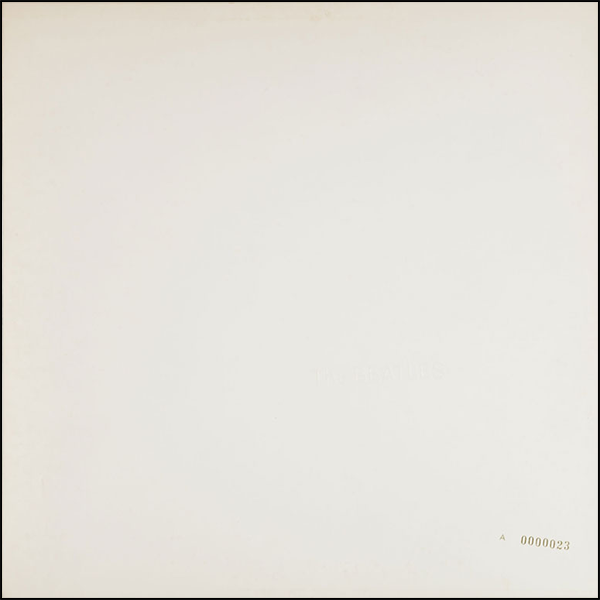
The famous packaging of this self-titled work by The Beatles has led it to be commonly referred to as “The White Album” since its release on November 22, 1968. The record came enclosed in a pure white sleeve that lacked any title or credits, only having a serial number stamped into a corner on one side (and later, the album title embossed into the paper). Although this is not necessarily an example of an official release trying to appear like a bootleg, it is similar to the packaging of Yeezus in its minimalism and the great amount of intrigue that its design created.
Steal This Album!, System of a Down (2002)

During a time when file-sharing and digital content piracy was becoming widespread and extremely common (Apple introduced the first-generation iPod in 2001), System of a Down released Steal This Album! on November 26, 2002. The album’s title refers to a book written by Abbie Hoffman in 1971 entitled “Steal This Book” and is supposedly a response to the band’s disappointment in fans listening to leaked copies of their new music before it was released in stores. The album was pressed on a white disc that had the band’s name and album title in a font that looks like it was hand-written in permanent marker and is enclosed by a blank jewel case without inserts or any more information. The packaging was intentionally designed to mimic the appearance of a CD-R that a person would use to copy and listen to pirated music with.
The Girl with the Dragon Tattoo, David Fincher (2011)

Although this is an example of a film, the 2012 DVD-release of The Girl with the Dragon Tattoo utilized a similar aesthetic of the previously-described albums. The film comes on a silver Sony DVD-R disc that has the title strewn across it in a hand-written, permanent marker typeface that is not unlike that of Steal This Album! The design of the disc is a reference to the hacker protagonist in the film and managed to cause so much confusion for customers that retail outlets like Amazon had to release reassuring statements that it was the official art.
Borat, a 2006 mockumentary from Sascha Baron Cohen also used a similar packaging style for comedic effect and to maintain a low-definition quality that is present throughout the film.
What would Yeezus do?
Yeezus, and the other projects discussed here are just a few releases that have used a bootleg-like aesthetic, but I’m sure there must be plenty more cases of it in music, films, and other areas of art and design. If you’re aware of any other notable examples, please let me know!
Previous Articles:



